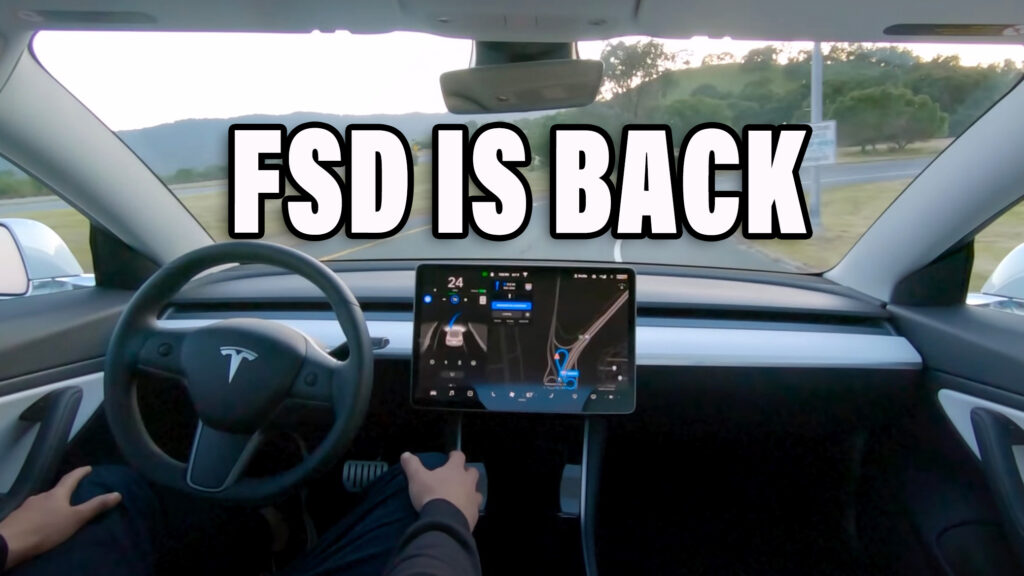Tesla’s controversial Full Self-Driving Beta autonomous software is once again available to new testers following a massive recall of over hundreds of thousands of vehicles due to safety fears.
The NHTSA launched an investigation into FSD over a year ago and this February issued a recall of 362,758 Model 3, Y, S and X Teslas built between 2016 and 2023, asserting that “the FSD Beta system may allow the vehicle to act unsafe.”
Although Tesla’s top-tier autonomous system has many detractors, including Ralph Nader, who called the company “dangerous and irresponsible”, the NHTSA’s beef with FSD was all to do with the way it navigates intersections. First, FSD caused a Tesla to turn through certain intersections under a static yellow traffic light, and secondly, the NHTSA complained about the “perceived duration of the vehicle’s static position at certain intersections with a stop sign, particularly when the intersection is clear of any other road users.”
Related: Tesla Recalls 363k Cars Over Full Self-Driving Beta’s Potential To Cause A Crash
@elonmusk @WholeMarsBlog @teslascope The FSD Beta wait is over, so stoked that it is once again rolling out to new users! pic.twitter.com/enBmvTRgHT
— Alexander Proper (@AlexanderProper) May 23, 2023
Third and fourth on the list of NHTSA grumbles were FSD’s adjustment of vehicle speed in variable speed zones and that it could sometimes cause a Tesla to travel straight when in a ‘Turn Only’ lane. The NHTSA acknowledged that these incidences were likely to be rare but said they could infringe on traffic laws and on January 25 requested that Tesla issue a recall, which the automaker eventually did the following month.
Tesla quickly issued a software update to address the recall, meaning that owners didn’t need to visit a service center, but it also paused uptake of FSD to new drivers until now. But it also looks like those new Beta testers and existing ones will soon be able to access a further improved version of FSD. CEO Elon Musk tweeted that version 11.4.2 of the software was almost ready to launch and would make cars so-equipped act less conservatively on narrow roads and while changing lanes in heavy traffic.




